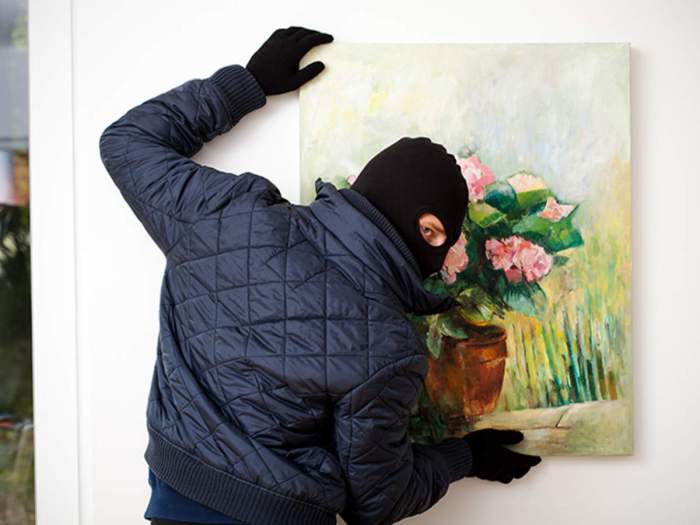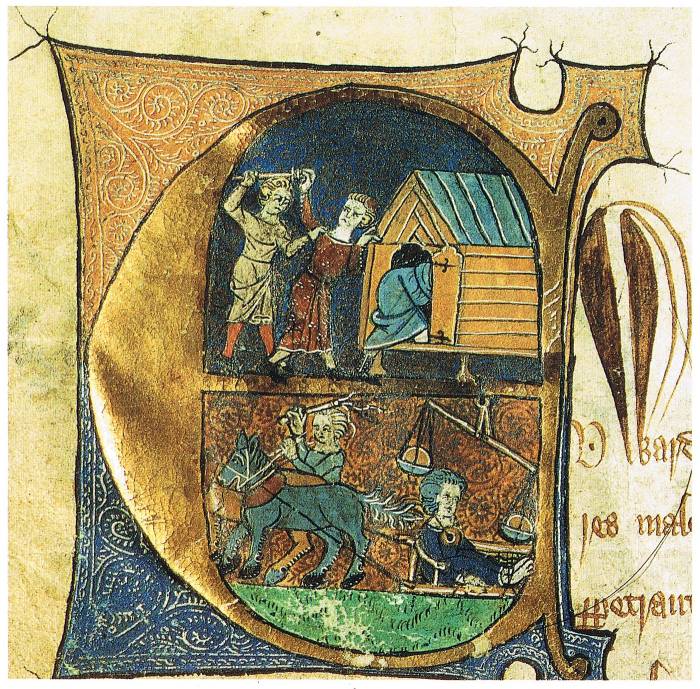ahora alguien está robando cuadros famosos. boxes cards rooms paintings delves into the captivating world of art theft, shedding light on its history, impact, and the measures taken to combat it. This comprehensive exploration unravels the motivations of art thieves, the evolution of security measures, and the role of technology in both facilitating and preventing these crimes.
From the brazen heists of masterpieces to the meticulous forgeries that deceive experts, the narrative unfolds with intrigue and authority. Prepare to embark on a journey through the annals of art history, where stolen masterpieces and the relentless pursuit of their recovery paint a gripping tale of crime and intrigue.
Famous Paintings Thefts

Art theft has a long and notorious history, with countless famous paintings stolen over the centuries. These thefts have not only deprived the world of priceless works of art but have also had a profound impact on the art world and the public.
Notable painting thefts include the Mona Lisa’s theft from the Louvre in 1911, the Scream’s theft from the National Gallery of Norway in 1994, and the Gardner Museum Heist in 1990, where 13 paintings were stolen.
Thieves have employed various methods to steal paintings, including cutting them out of their frames, breaking into museums, and using sophisticated technology to bypass security systems.
The impact of these thefts on the art world is significant, as they have led to increased security measures in museums and galleries, changes in insurance policies, and a heightened awareness of the importance of protecting cultural heritage.
The public is also affected by these thefts, as they are deprived of the opportunity to view and appreciate these iconic works of art.
| Painting | Artist | Date Stolen | Date Recovered (if applicable) | Method of Theft |
|---|---|---|---|---|
| Mona Lisa | Leonardo da Vinci | 1911 | 1914 | Cut out of its frame |
| The Scream | Edvard Munch | 1994 | 1994 | Stolen during a robbery |
| The Gardner Museum Heist | Various | 1990 | 13 paintings still missing | Stolen during a break-in |
Security Measures in Museums and Galleries
In response to the increasing threat of art theft, museums and galleries have implemented various security measures to protect their collections.
These measures include:
- Surveillance cameras
- Motion detectors
- Security guards
- Alarms
- Climate control systems
- Biometric identification systems
These measures have evolved over time, becoming more sophisticated and comprehensive as technology advances.
For example, many museums now use facial recognition technology to identify potential threats, and some have even installed DNA scanners to track the movement of visitors.
The effectiveness of these security measures has been mixed, with some museums successfully preventing or recovering stolen paintings, while others have been less fortunate.
Notable examples of museums that have successfully protected their collections include the Louvre in Paris, the Metropolitan Museum of Art in New York City, and the Uffizi Gallery in Florence.
Art Forgery and Authentication

Art forgery is a major problem in the art market, with counterfeit paintings often sold for millions of dollars.
Art forgers use various techniques to create fake paintings, including:
- Copying the style and technique of a famous artist
- Using old canvases and materials
- Forging signatures and provenance
To combat art forgery, experts use various methods to authenticate paintings, including:
- Scientific analysis of the paint, canvas, and other materials
- Stylistic analysis
- Provenance research
Notable art forgery cases include the Van Meegeren forgeries, which fooled experts for decades, and the Han van Meegeren forgeries, which were discovered after the forger’s death.
The Role of Technology in Art Theft and Recovery: Ahora Alguien Está Robando Cuadros Famosos. Boxes Cards Rooms Paintings

Technology has played a significant role in both facilitating art thefts and recovering stolen paintings.
Thieves have used technology to plan and execute their thefts, such as using surveillance cameras to identify security weaknesses and using social media to track the movements of museum staff.
Law enforcement has also used technology to recover stolen paintings, such as using facial recognition to identify suspects and using databases to track the movement of stolen art.
Notable cases where technology played a crucial role in recovering stolen paintings include the recovery of the Mona Lisa in 1914 and the recovery of the Gardner Museum Heist paintings in 2013.
The Psychology of Art Thieves

The motivations of art thieves vary widely, but some common factors include:
- Financial gain
- Thrill-seeking
- Political or ideological motives
- Revenge
Art thieves can be classified into different types, such as:
- Opportunists
- Collectors
- Organized crime syndicates
Understanding the psychology of art thieves can help law enforcement prevent and solve art thefts.
International Cooperation in Art Theft Prevention and Recovery
International cooperation is essential for preventing and recovering stolen paintings.
Interpol, the International Criminal Police Organization, plays a vital role in coordinating efforts across borders.
Interpol maintains a database of stolen art and provides training to law enforcement officers on how to investigate art theft.
Other organizations, such as the World Monuments Fund and the International Council of Museums, also play a role in international cooperation to prevent and recover stolen paintings.
Notable examples of successful international collaborations include the recovery of the Mona Lisa in 1914 and the recovery of the Gardner Museum Heist paintings in 2013.
FAQ Guide
What are the most common methods used by art thieves?
Art thieves employ various methods, including smash-and-grab robberies, carefully planned heists, and sophisticated forgeries.
How has technology impacted art theft and recovery?
Technology has both facilitated art thefts through advanced surveillance and tracking devices, but it has also aided in their recovery through facial recognition and databases.
What is the role of Interpol in international art theft prevention?
Interpol plays a crucial role in coordinating efforts across borders, sharing information, and facilitating the recovery of stolen artworks.